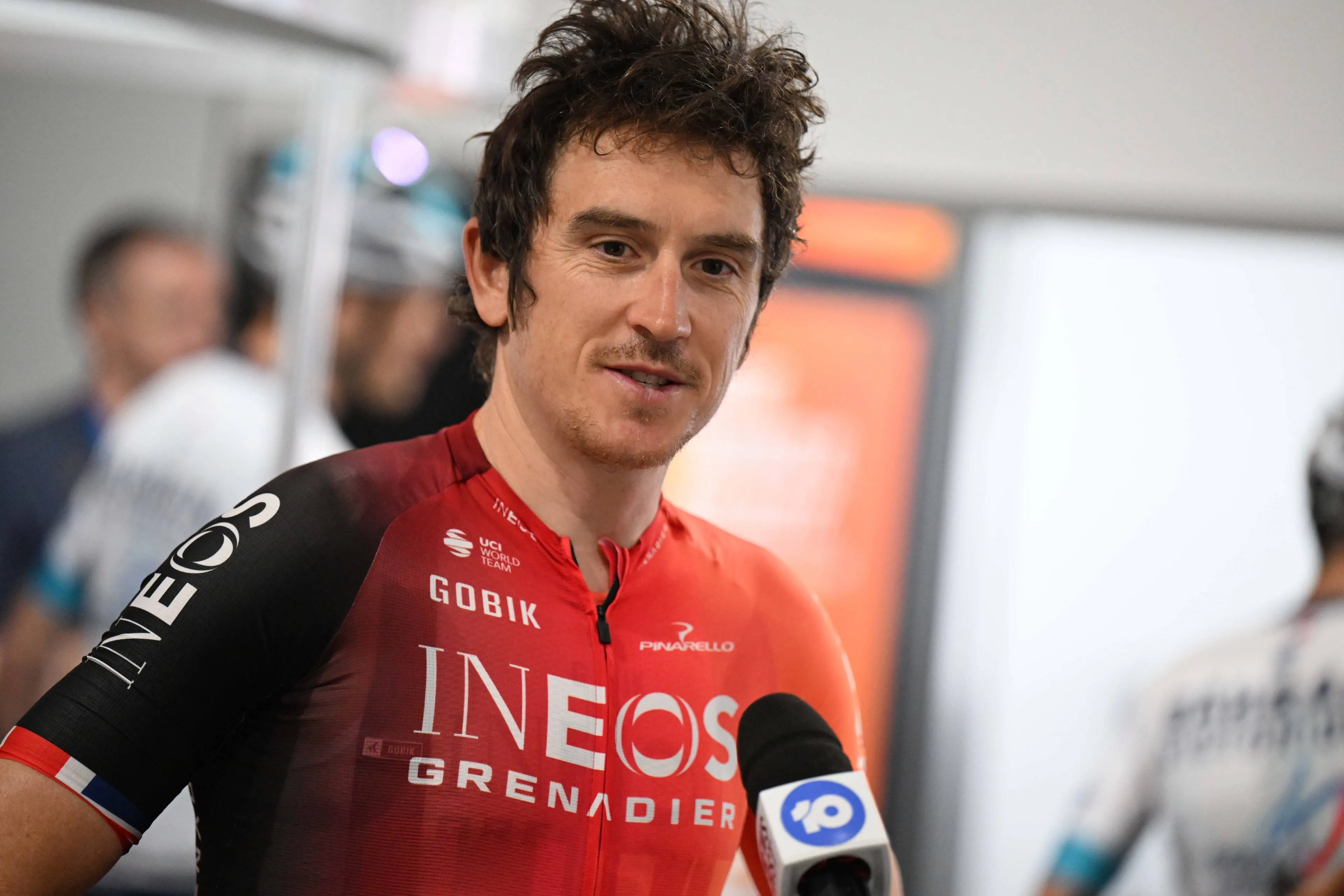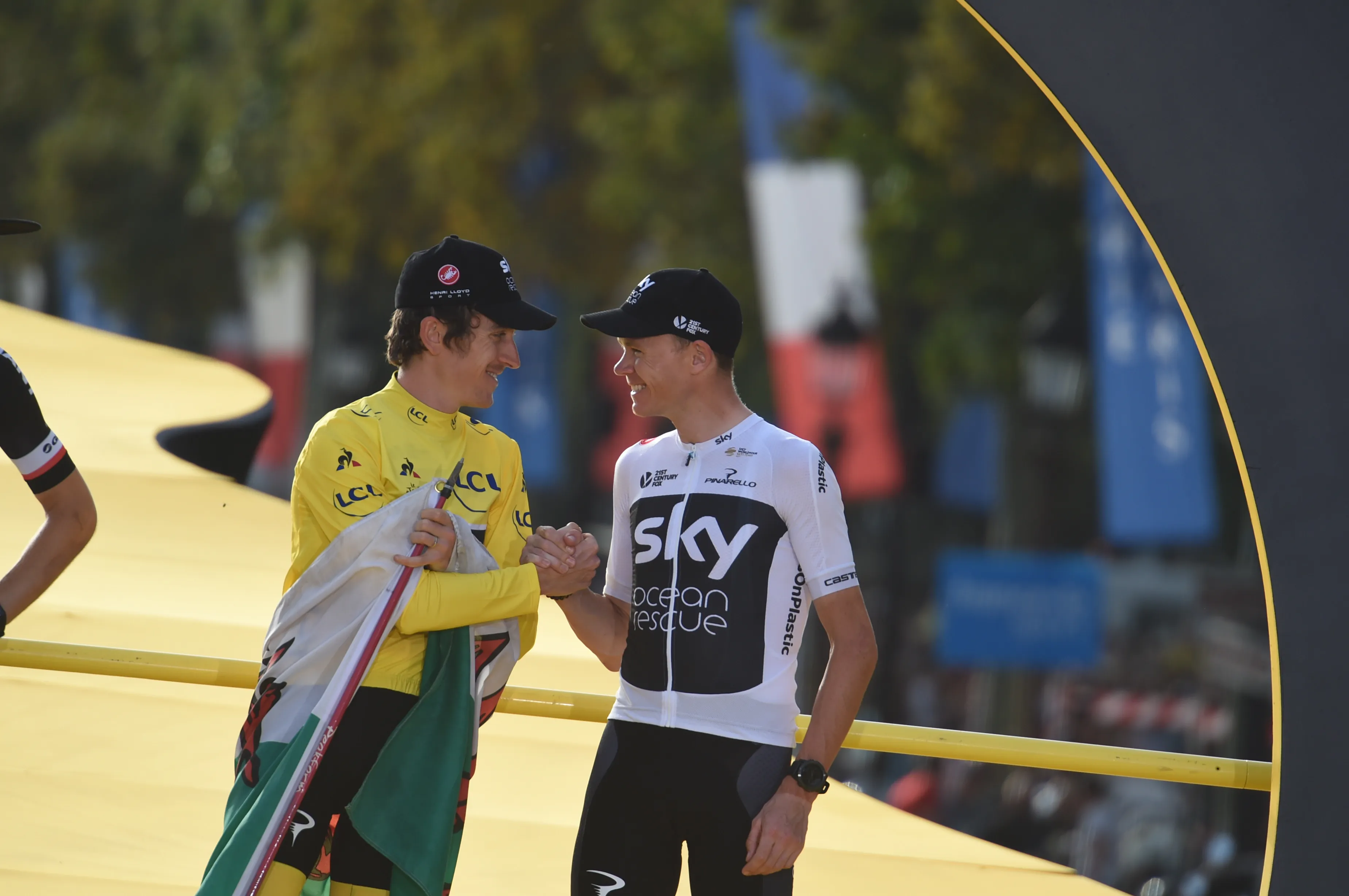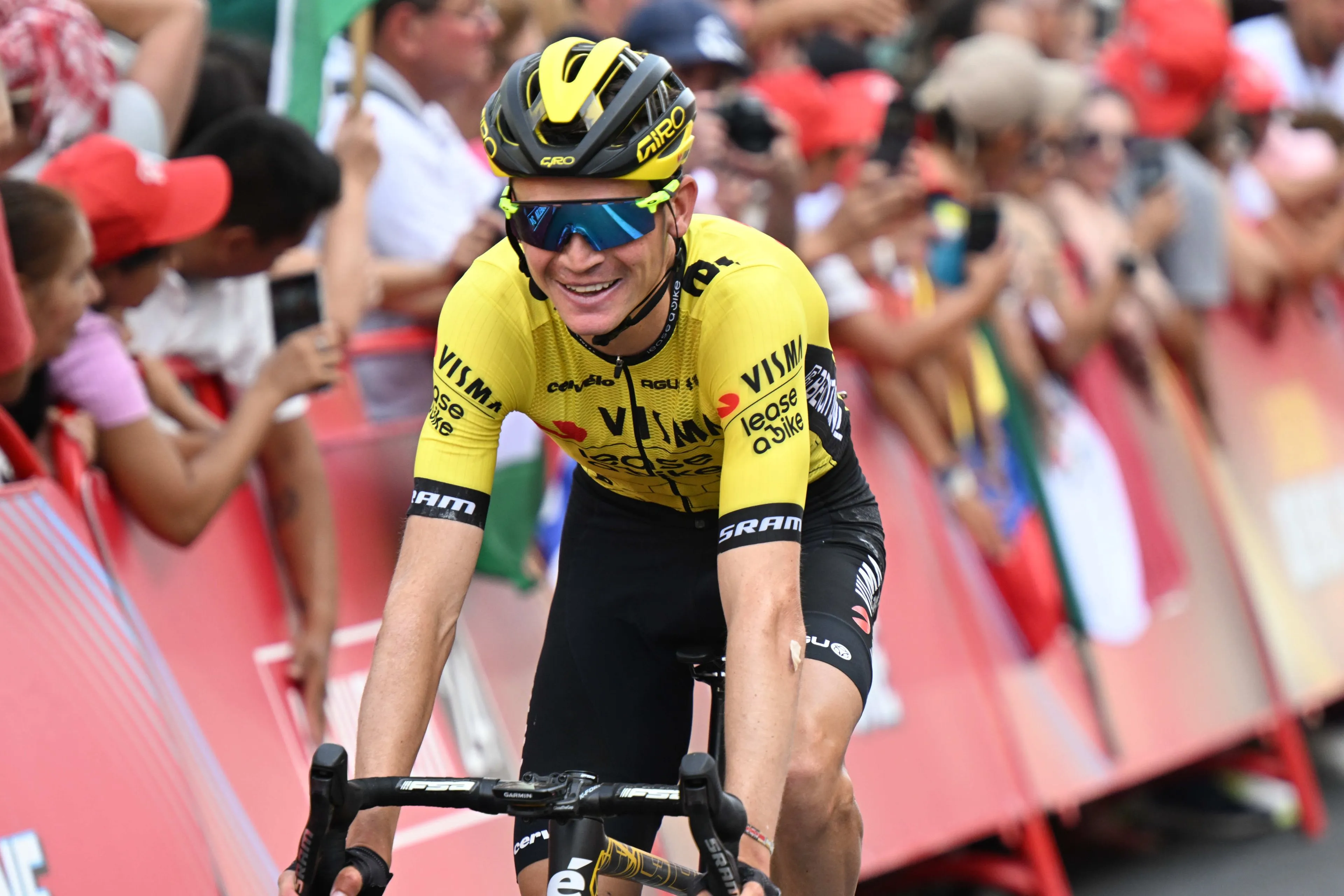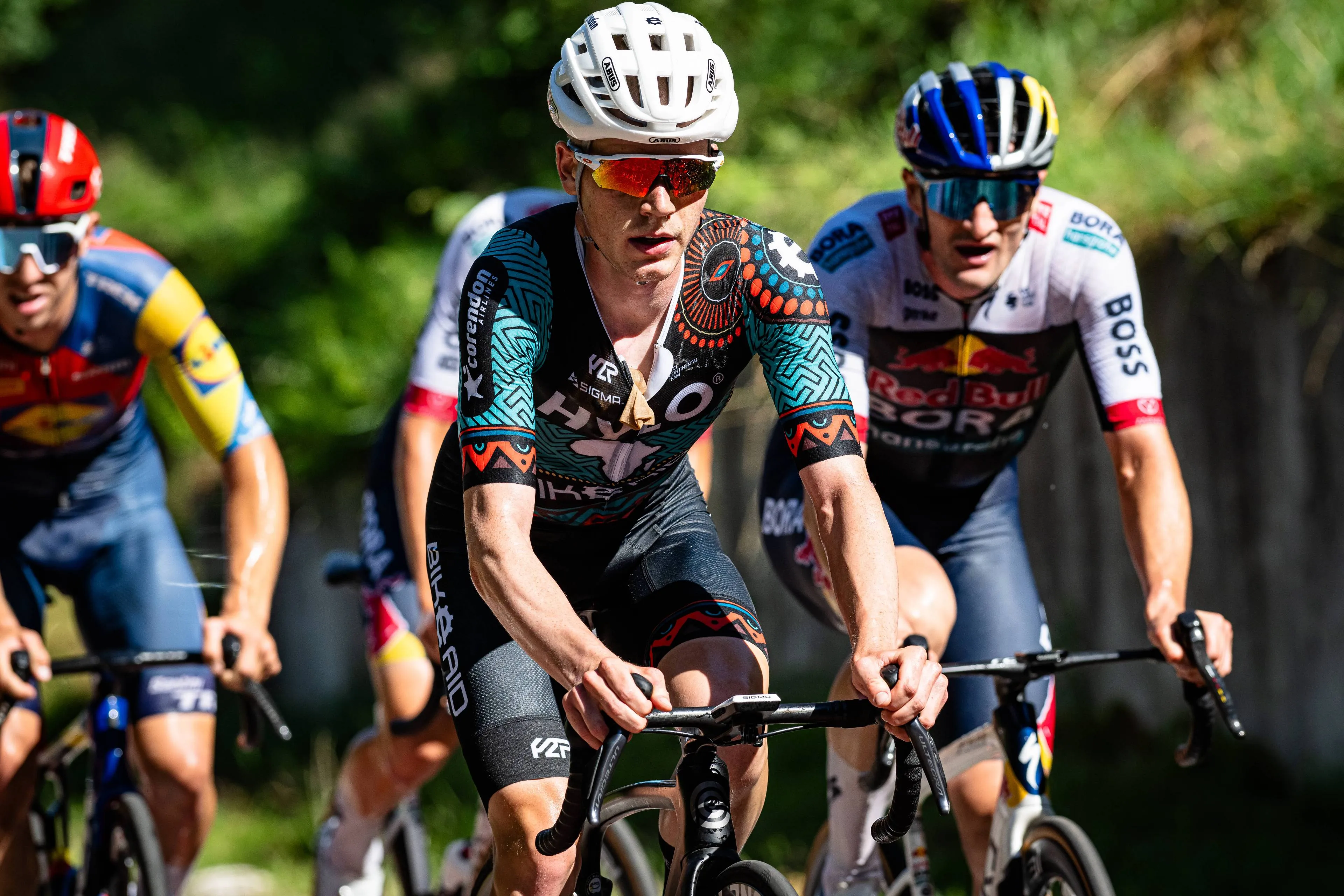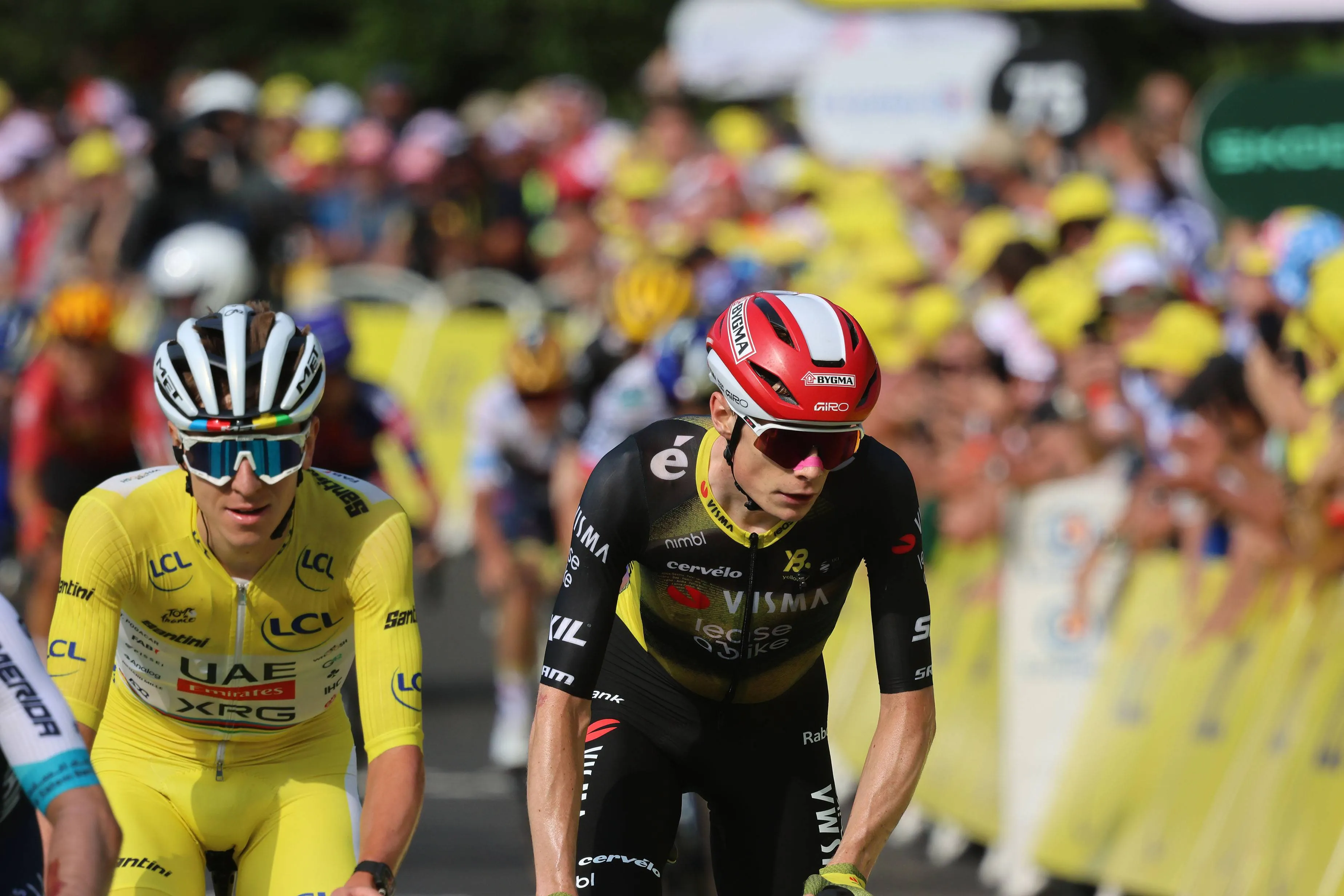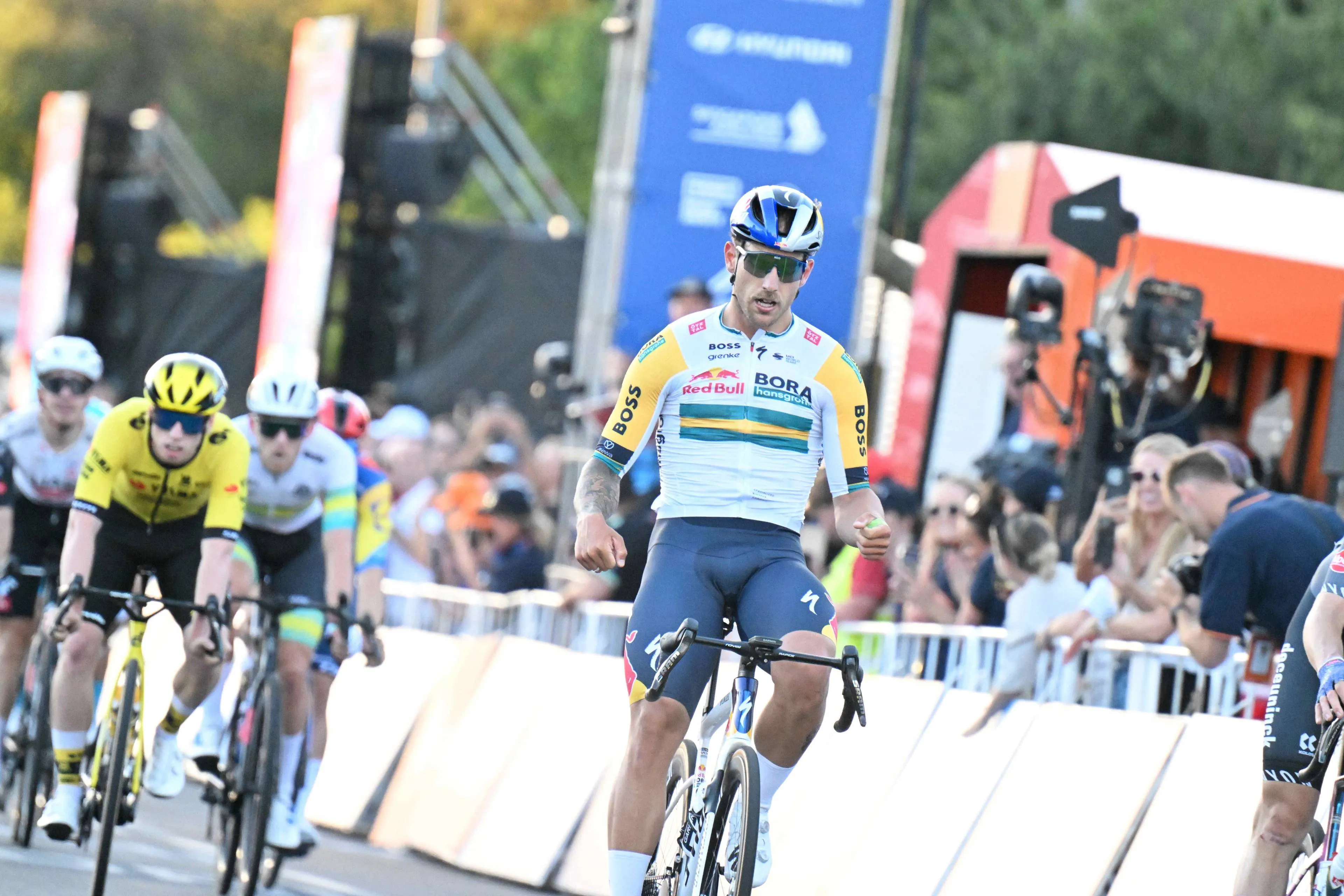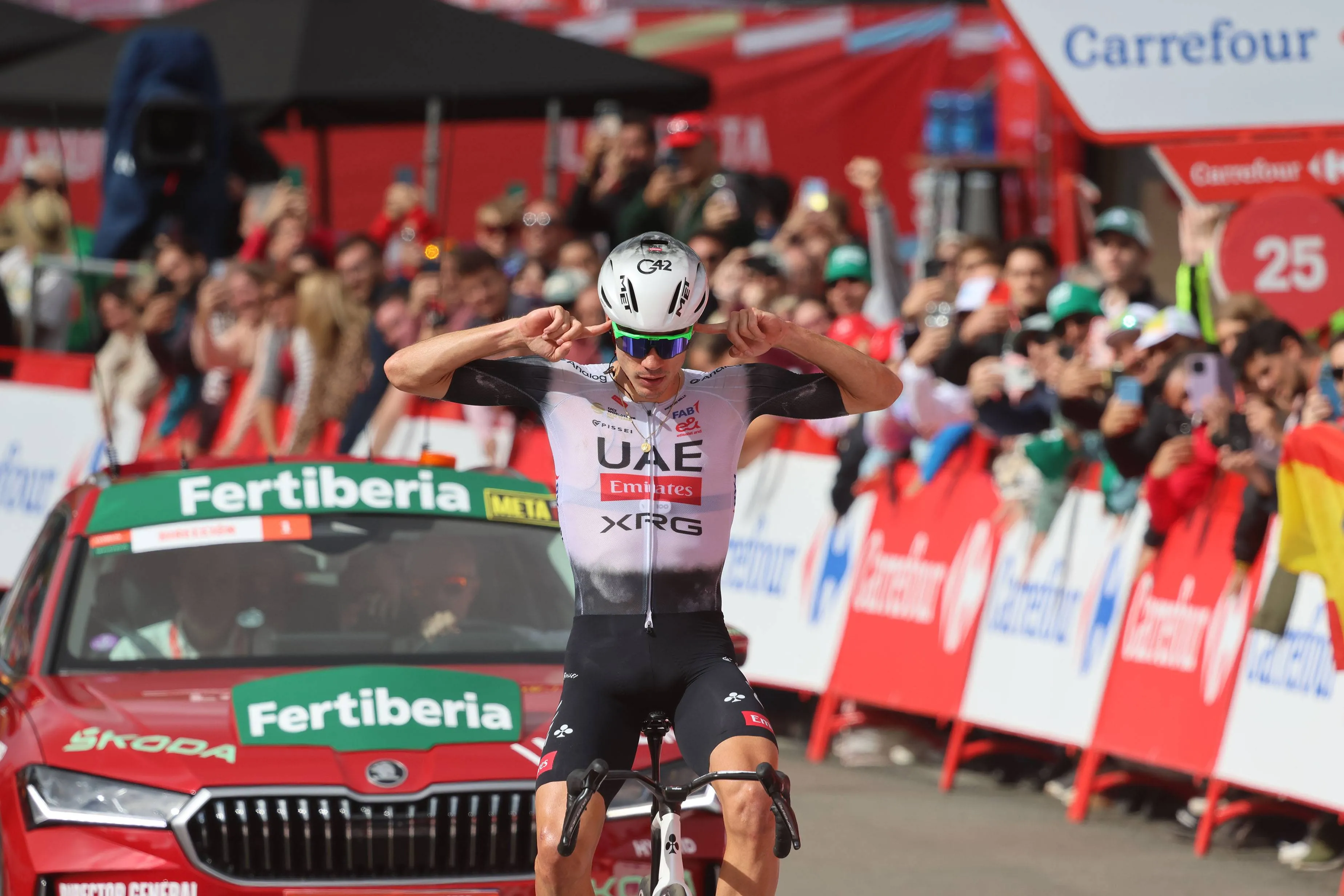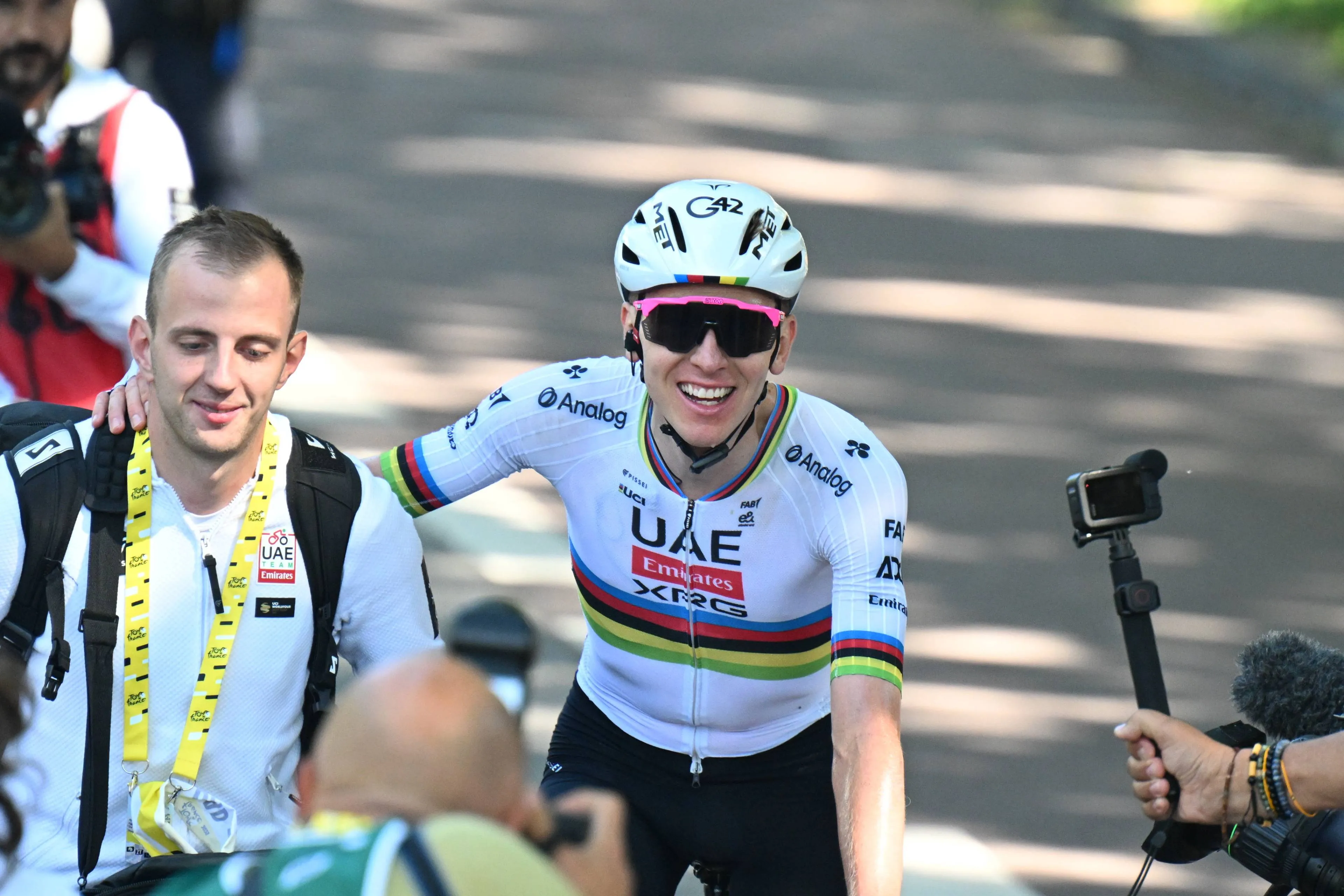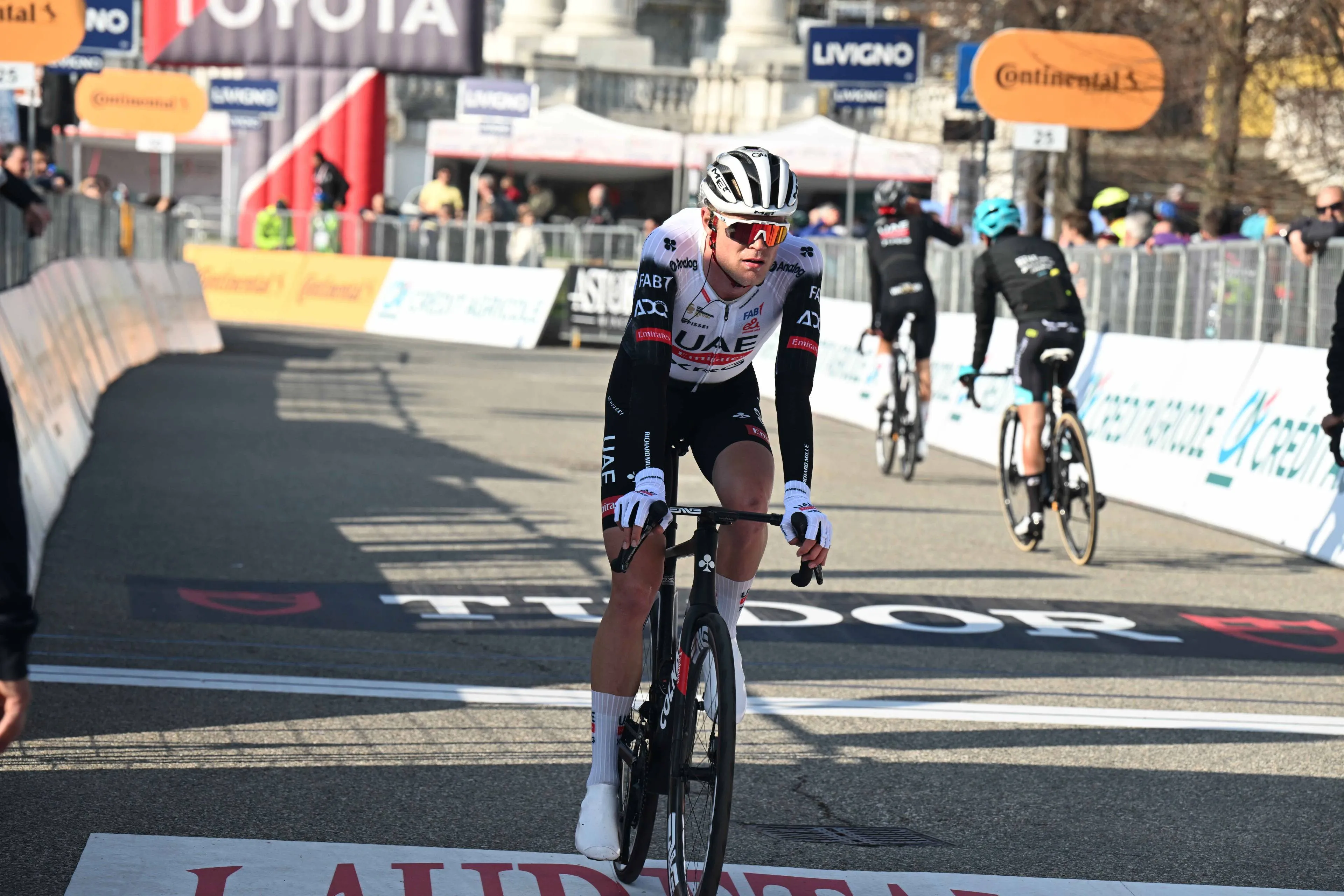“The big problem lies with the UCI” – Johan Bruyneel spares no sympathy for the organisers after nasty crash at the Tour de la Provence
CyclingMonday, 17 February 2025 at 11:00

At the Tour de la Provence yesterday, Sam Bennett claimed
victory in the stage, while Mads Pedersen secured the overall title. However,
the final sprint was overshadowed by a nasty crash in the peloton at the end of
the race.
As the race entered its final few hundred metres, the
sprinters were preparing to build to maximum speed to compete for the race win.
Unfortunately, Pascal Ackermann suffered a disastrous moment as he tried to
accelerate, as his front wheel lost grip on a speed bump, sending him crashing
hard onto the tarmac.
Read also
The situation worsened as riders behind him had no space to
react, leading to a pile-up involving multiple other competitors, some of which
went over their handle bars.
This incident once again raises concerns over the current
safety standards in professional cycling. Over the past few months, multiple
junior riders have tragically lost their lives in training accidents.
Additionally, at the 2024 World Championships in Zurich, Muriel Furrer’s fatal
fall prompted serious questions about course design, race safety, and the
handling of riders who have crashed.
Among those speaking out on social media following the crash
was Johan Bruyneel, a former professional who won two stages at the Tour de
France and one at the Vuelta a Espana. Now 60, Bruyneel was highly critical of
the race’s organisation and the role of the UCI in ensuring rider safety.
Read also
“My opinion on this? A speed bump in the last stretch and so
close to the finish line should never be allowed, ever. We have to ask the
question: who designs these courses? This isn’t rocket science, depending on
the profile these courses have a reasonably predictable outcome.
“In this case, high probability for a bunch sprint, so a
speed bump in the last few meters is almost a guaranteed disaster. So the first
question really is: who designs the course? Next question is: who approves the
course? I realize it’s not as simple of a process as we might think, but
ultimately for me, the big problem lies with the UCI.”
Bruyneel did not hold back in his criticism of UCI President
David Lappartient, stating that the organisation prioritises shifting blame
onto riders rather than addressing preventable dangers.
Read also
“Their president, David Lappartient keeps pushing the news
that rider safety is one of their priorities, but whenever he has the
opportunity, he blames the riders’ behaviour for crashes and accidents.
Sometimes that’s true, but many, many times there are circumstances that can be
avoided, like today.
“Lappartient also keeps boasting about ‘SafeR,’ what he
calls an external and independent entity responsible for analyzing safety
situations and making recommendations for improvements. I just want to take the
opportunity here to remind everyone, including Lappartient himself, that
‘SafeR’ was initially an initiative of the teams.
“The teams came up with the idea of contracting an external
and really independent organization which was supposed to study the situations
and work on improvements for rider safety. It is my understanding that
Lappartient has listened to the teams' proposal but (and this happens often
with sporting federations) turned it into his idea and forced the teams to let
the UCI do the talking.
Read also
“Now SafeR is working directly for the UCI and not for the
teams and their riders. It is absolutely not independent, and their reports are
monitored and published by the UCI. What the UCI does usually is punish either
riders, DS, or organizers for incidents in races. They prefer to punish small
organizations; they will never punish ASO, for example, even if sometimes in
the Tour de France there are courses or finish stretches that could be a lot
safer.
“Richard Plugge, or any other team manager, tell me if I’m
wrong. (I realize I may have missed some details along the way about the
creation of SafeR, but I don’t think I’m far off.)”
Read also
The crash at the Tour de la Provence has once again
highlighted the need for greater oversight in race safety. While cycling
remains the sport that we love, the risks involved continue to be a major
talking point and the handling of these situations simply must improve.
With
figures like Bruyneel speaking out, the conversation around rider safety is
unlikely to fade anytime soon and it is time now for action. Whether the UCI
will take meaningful action in response to these concerns remains to be seen.
My opinion on this?
— Johan Bruyneel 🇧🇪 (@JohanBruyneel) February 16, 2025
A speed bump in the last stretch and so close to the finish line should never be allowed, ever. We have to ask the question: who designs these courses? This isn’t rocket science, depending on the profile these courses have a reasonably predictable outcome. In… https://t.co/XL5TTHYuiZ
claps 1visitors 1
Just in
Popular news
Latest comments
- The UCI have stated that Carboni's biological passport irregularities were from 2024, when he was riding for JCL Team UKYO. The details matter.
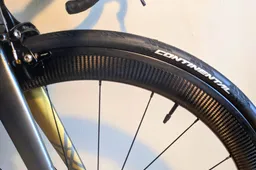 santiagobenites16-12-2025
santiagobenites16-12-2025 - Well, it might sound very arrogant or like a put down. I think his words are pretty accurate and a good assessment on the physique or formOnepiece16-12-2025
- Johansen gets a year and the 'big stars' get big bucks and everything...' Gianetti - hard fkr
 leedorney16-12-2025
leedorney16-12-2025 - Pedersons talent doesn't need to be doubted - he won the world's in Yorkshire in atypical weather for that area and that's a win in itself!
 leedorney16-12-2025
leedorney16-12-2025 - Yeah, it's basically a form of clickbait to make you click on the headline and spend a few seconds reading to find out who it is. That helps with the analytics that advertisers are looking for (i.e. how long readers are spending on the page).Pogboom16-12-2025
- The headline doesn't say anything... Right down the page tho, it says Sam Welsford 🙄 Like how fkg hards that... TO PUT IN THE HEADLINE 🙃
 leedorney16-12-2025
leedorney16-12-2025 - We are talking here about 2025/2026 season. It is obvious that everybody gets old and at some point going to be slower.averagecyclist16-12-2025
- The only way to win against a stronger rider is by using tactics. You don't work with them, let them expend energy while you remain in the wheels.abstractengineer16-12-2025
- The only way to win against a stronger rider is by using tactics. You don't work with them, let them expend energy while you remain in the wheels.abstractengineer16-12-2025
- Why is golf "unwinding in style"? Its the sport of the rich and famousabstractengineer16-12-2025
Loading
Write a comment
